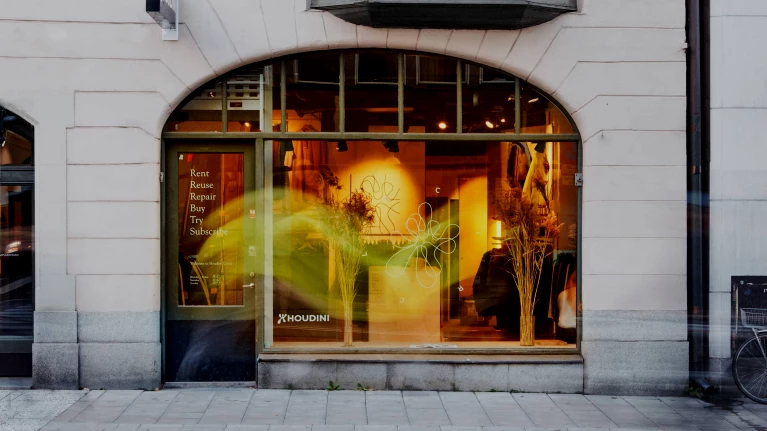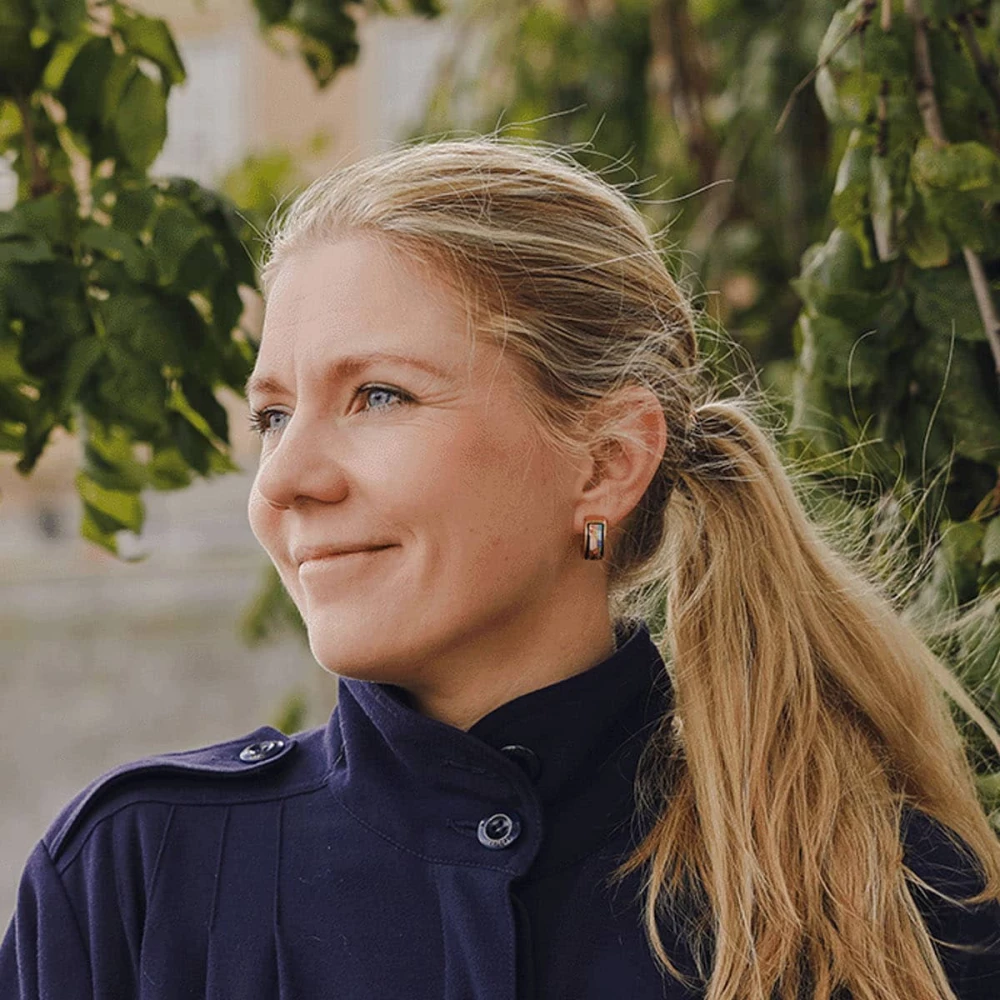For retailers, all the sustainable practices in the world can come to naught if consumers aren’t convinced of product quality. And if the economic environment grows more uncertain, people in the Nordics expect to spend less for sustainability. But there is a way forward. Here, BCG’s Nanna Gelebo, a partner in the Stockholm office, explains how Nordic retailers and consumers can have the best of both worlds.
In my work with Nordic retailers, I have learned that all the best intentions regarding sustainability are not enough to sway customers to purchase a product. But I’ve also learned that neither retailers nor their customers should have to make this choice between sustainability and value. I see my role as partnering with companies to help them find the balance between profits and protecting the planet.
Explore the boxes for a deep dive into circularity in the Nordics:
Nordic Customers Believe in Sustainability, but Not at Any Cost
As the economic situation in the Nordics becomes more tenuous, with concerns about a rising cost of living, even consumers with strong positive feelings towards sustainable practices are likely to change their buying behavior. For example, in a survey on consumer attitudes in the region, 58% of respondents said they value sustainability, but only 29%, on average, reported that many or most of their purchases are sustainable. Furthermore, according to the survey, the majority of consumers are likely to shift to non-sustainable alternatives if their disposable income declines.
These figures can leave retailers scratching their heads for answers. How do they continue to operate in a way that is planet-friendly but also adhere to time-honored tenets of quality and value in the products they create?
The Balancing Act: Good for the Planet and for the Pocket?
This is the big question, of course: How do you make a product sustainable, something that most manufacturers will argue is more expensive, at a price and a level of quality that is economically viable?
For retailers and CPGs, it starts at a fundamental level, looking at it holistically. If business leaders consider the total profit and loss implications of both sustainability and new consumption patterns when rethinking operating models, they will be put in a position to protect profitability – especially with the latest regulatory changes. In short, sustainability is often more attractive in the long term if you consider the costs of inaction and the halo effect from sustainable models on linear. This transparency and alignment in the leadership team makes the trade-offs much easier. Secondly, you need to put the customer first and ensure your business models and products solve real problems for customers. Thirdly, you need an operating model and backbone that enables interlinking circular models with linear – in a similar way as we used to think about e-commerce and physical stores. You need to be able to measure combined performance by flow and product type to make informed decisions, consider offering circular options in the same digital interface, etc. Circular models cannot be treated as a ‘distant cousin.’ When we worked with Houdini, a Swedish sportswear company, they started with the idea of the Houdini circle—their twist on circularity. They wanted to empower customers to choose how they access garments and give them a wide range of options. They can rent, subscribe, or purchase; they can even bring in products for repair or trade. These alternatives are available in a seamless interface, living up to the brand promise. Crucially, this approach is underpinned by a long-term ambition with a management team having a joint view on not compromising sustainability.
Many companies, particularly in the Nordics, are well aware of the need for a circular approach, but as my colleague mentions in an earlier article , awareness is one thing; integrating sustainability efforts into core business practices and functions is another. A large problem is that the two areas don’t necessarily speak the same language. So success means bridging two different mindsets into a single holistic view and exploring economically viable solutions across the entire portfolio.
One of our key contributions is bringing facts to the table to help clients understand what is actually possible to achieve. Often, it’s seen as a dilemma between CO2 reduction versus a cost, but it’s not that simple, especially not in the long run. So, companies need to think creatively and consider what profitable opportunities exist when considering the whole business model.
We all agree that sustainability is of existential importance, but in a retail purchasing setting, sustainability works best as a kind of icing that makes an already powerful product even more attractive. In other words, a product must be sound and deliver customer value first. Being a positive for the planet can attract customers only if retailers and CPGs nail the first imperative.
The Role of the Consumer
The success of sustainable practices like circularity relies not just on producers, manufacturers, and retailers. While CPGs and retailers have an enormous role in bringing sustainably produced products to market, consumers also have a big part to play. They must dare to move away from purchasing as the only option for attaining what they need and decouple ownership from usage. In some cases, this could mean renting is a better option than subscribing to a product or service. The point is that both consumers and businesses have to meet in the middle for the sake of the planet. We have seen consumption shifts like this before in Sweden with regard to, e.g., smoking behaviors, so it is possible if we succeed in making the consequences clear and take support from regulation.












